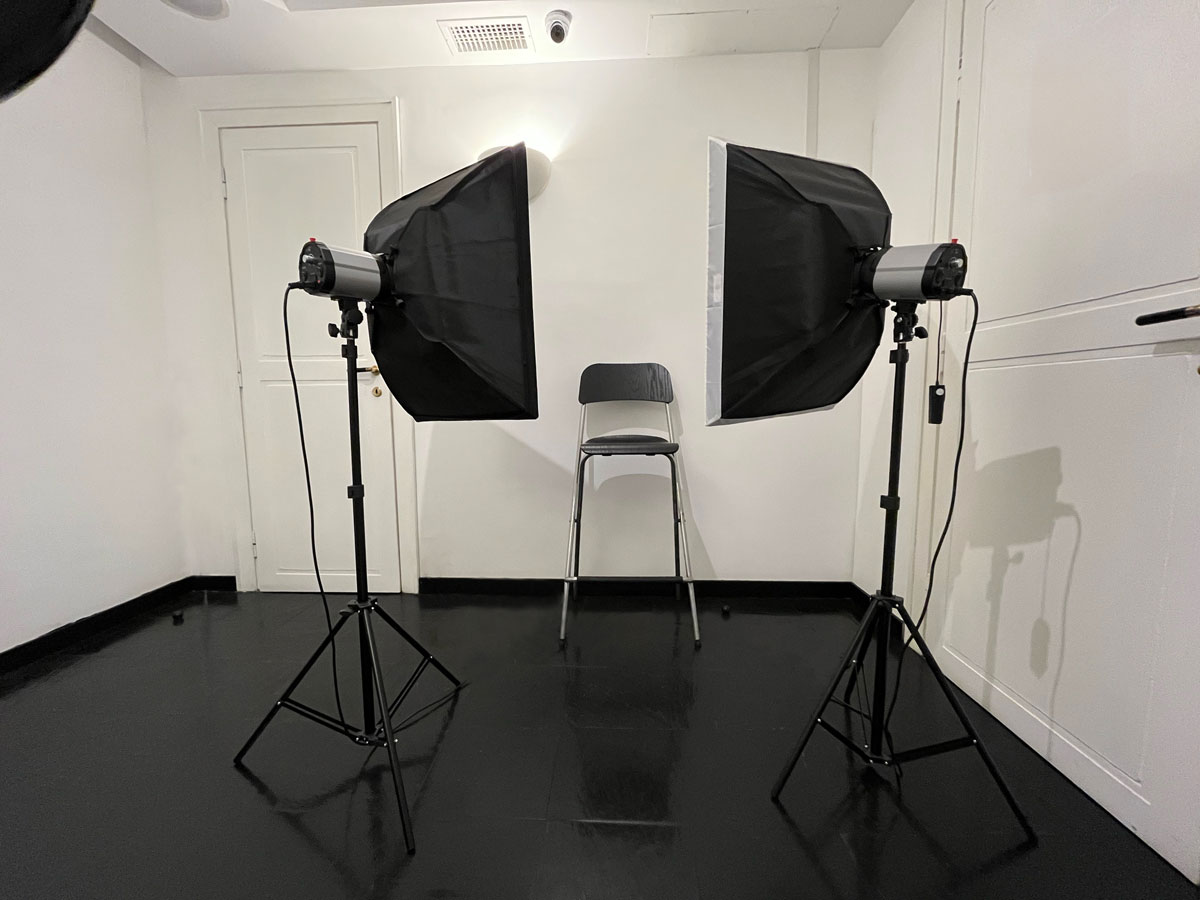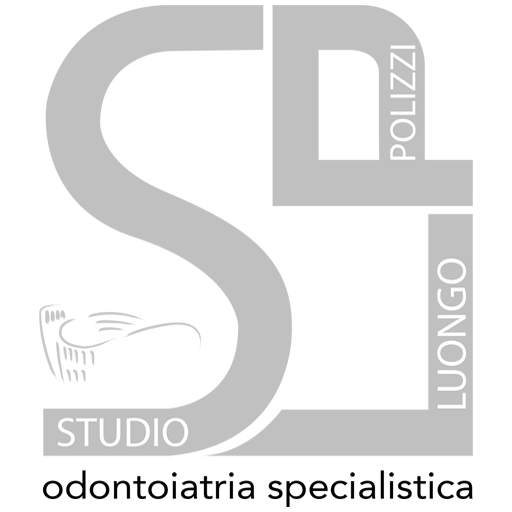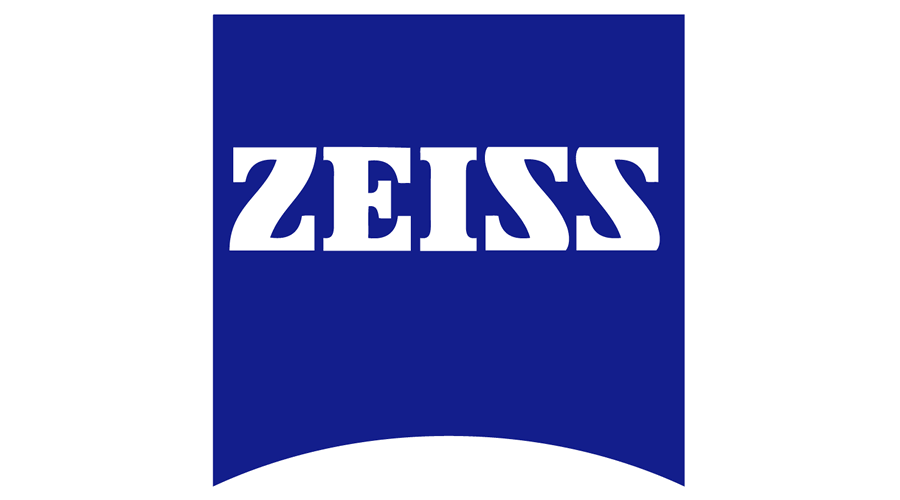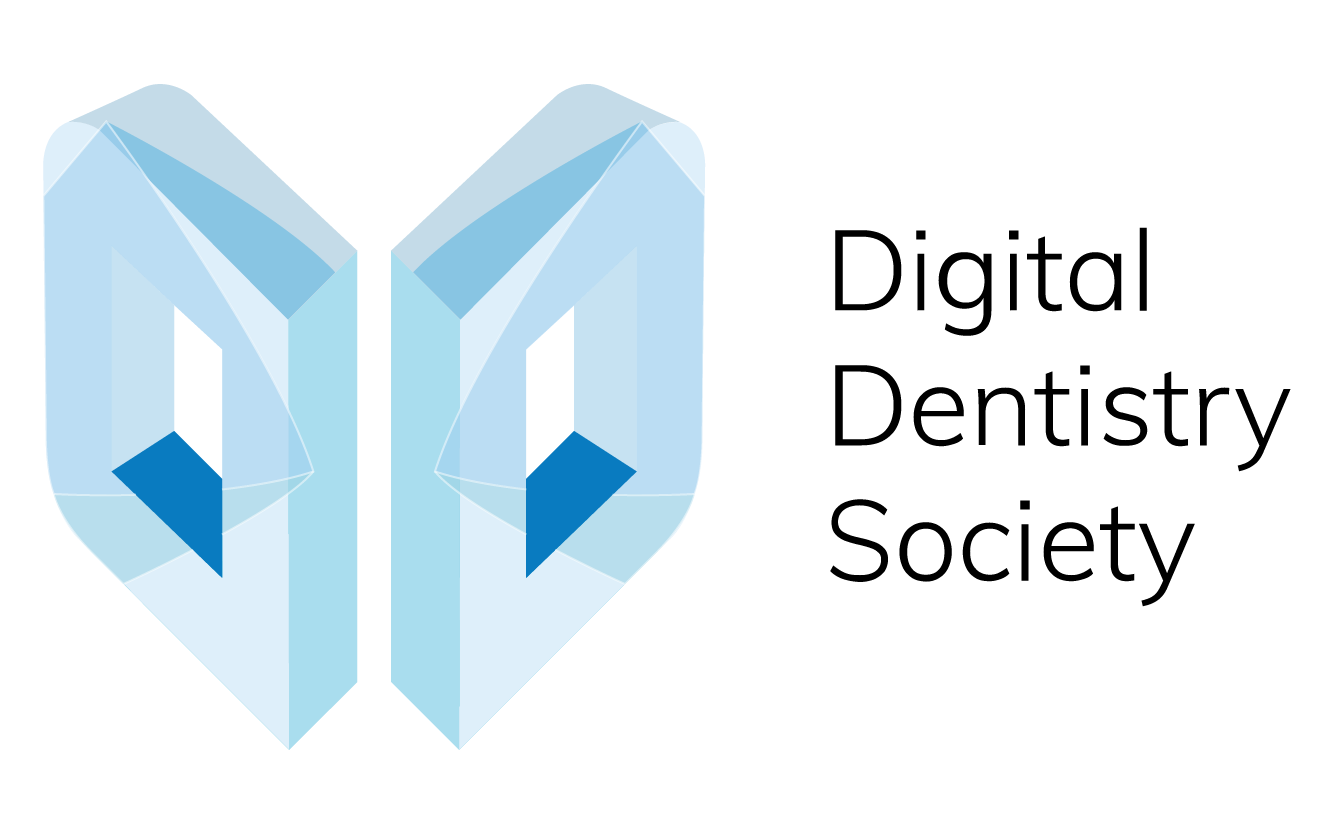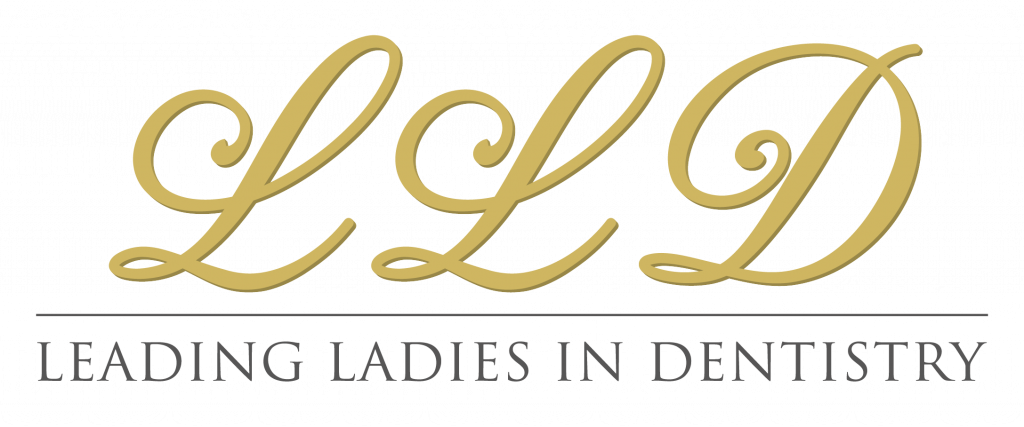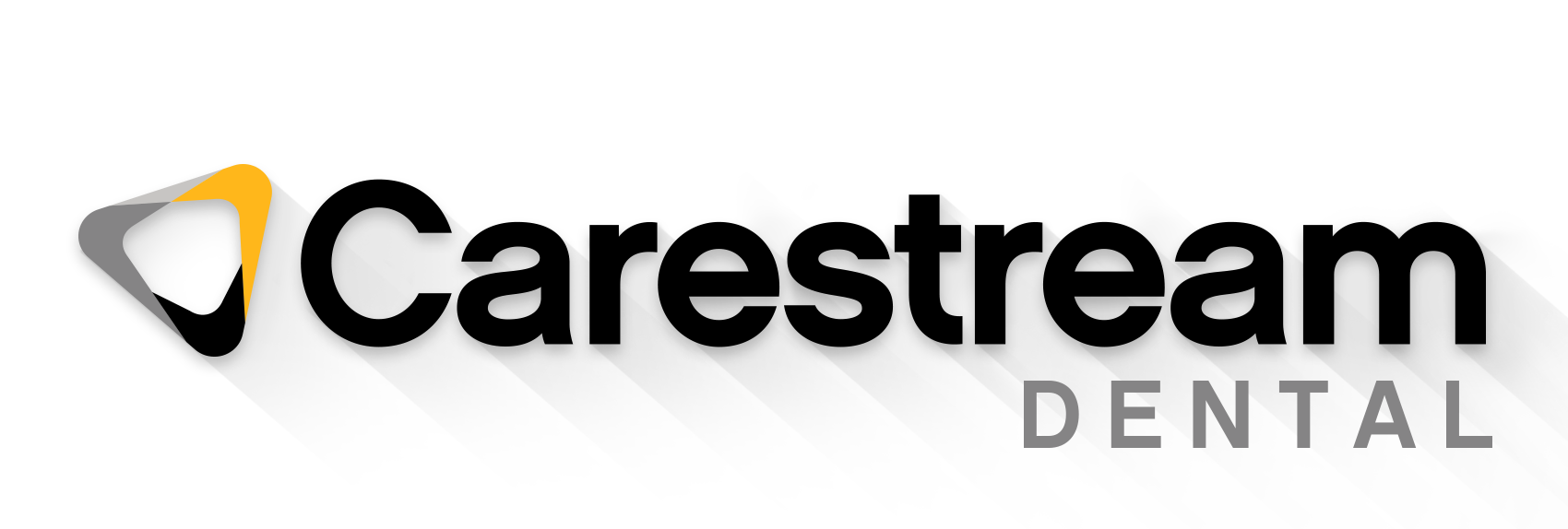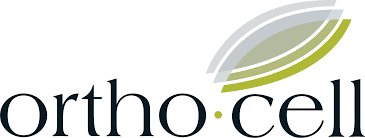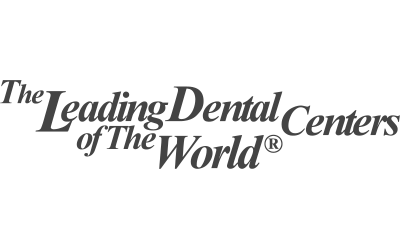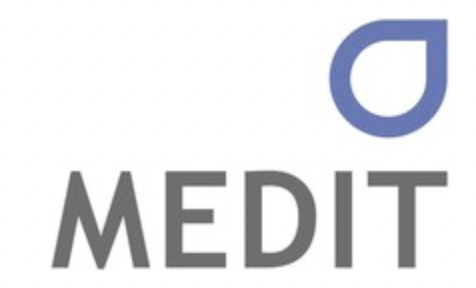TECHNOLOGIES
Our clinic is equipped with cutting-edge technologies, machinery, and services. Innovations in diagnostic and therapeutic fields aim to improve both dental care and patient comfort.
Centralized Sterilization
The transmission of cross-infections through dental treatments is a significant concern. Non-compliance with all disinfection and sterilization standards for equipment and instruments can expose patients to severe contaminations such as hepatitis B and C, HIV, and other infections.
Our clinic has always prioritized this aspect. Recently, we have further modernized our processes by setting up an entire area dedicated to decontamination, sterile preparation, and the packaging of all instruments and devices, while many other parts are entirely disposable. The process follows a certified protocol that includes washing and cleaning with ultrasonic devices, complete sterilization, and packaging in customized boxes for each discipline, ensuring absolute safety for patients and operators.
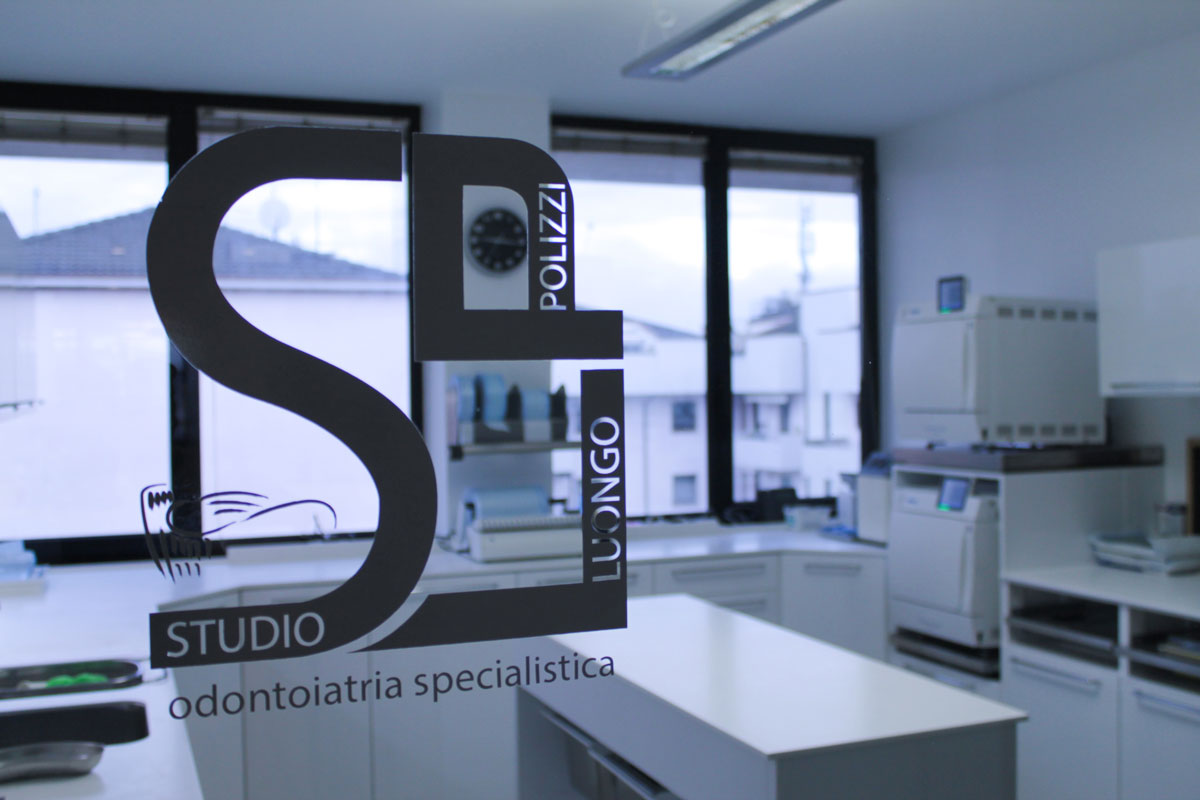
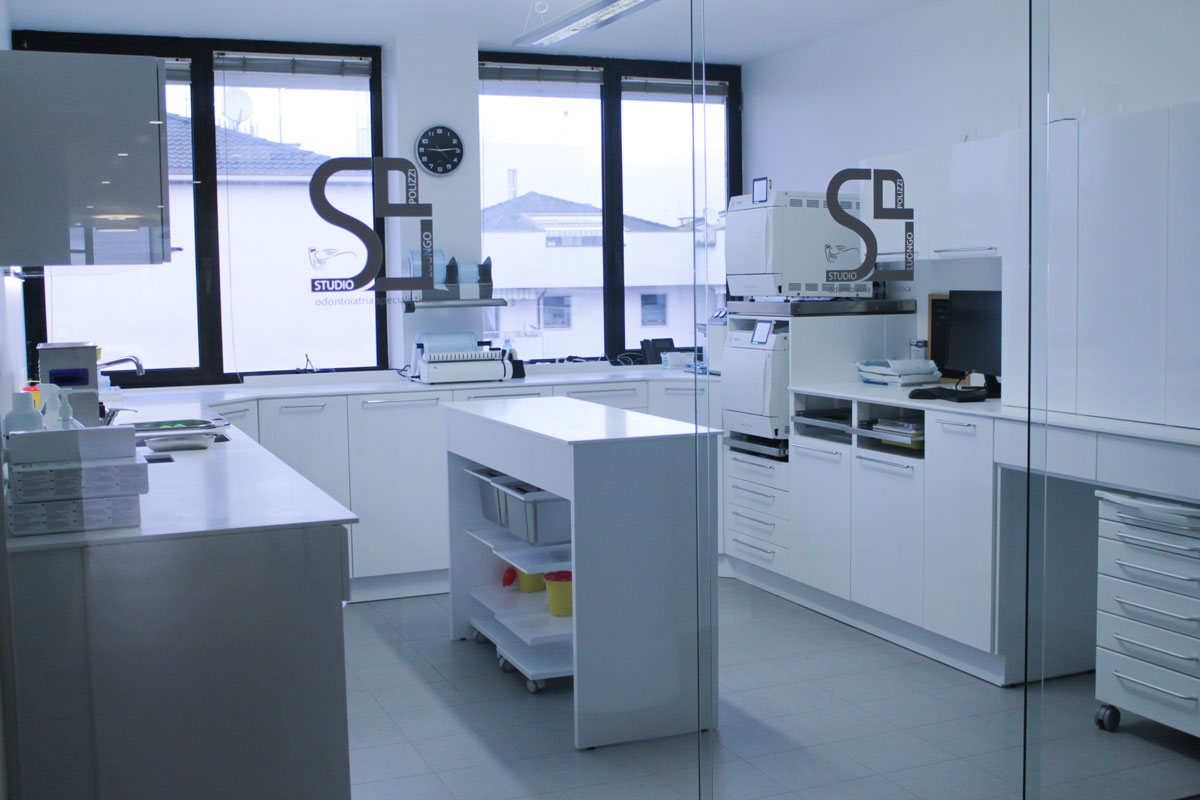
Cone Beam Computed Tomography (CBCT)
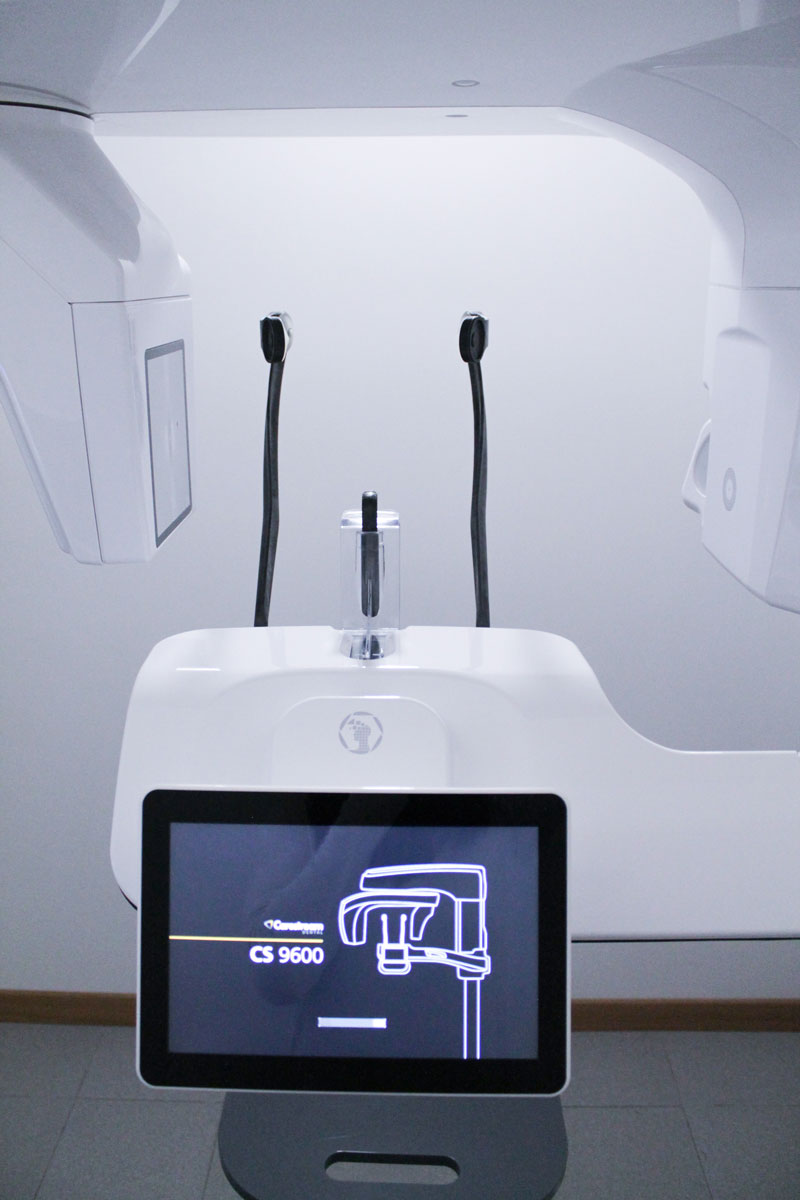
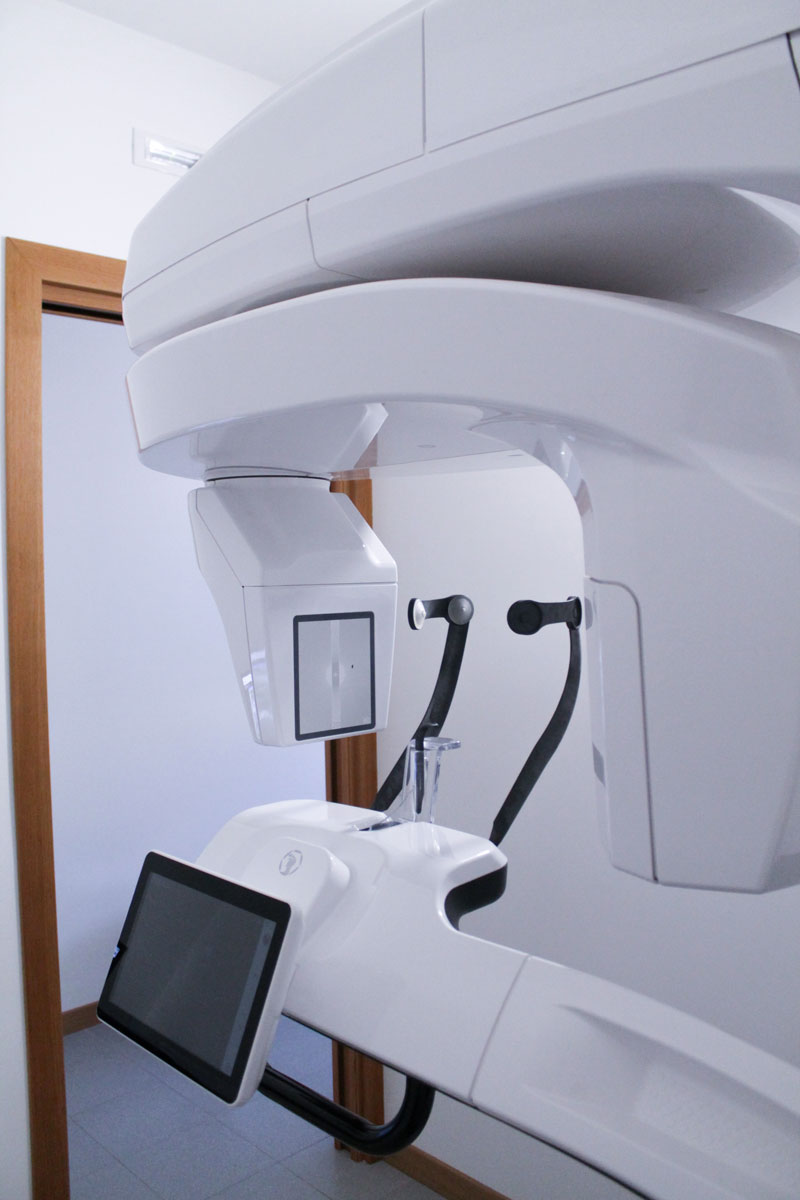
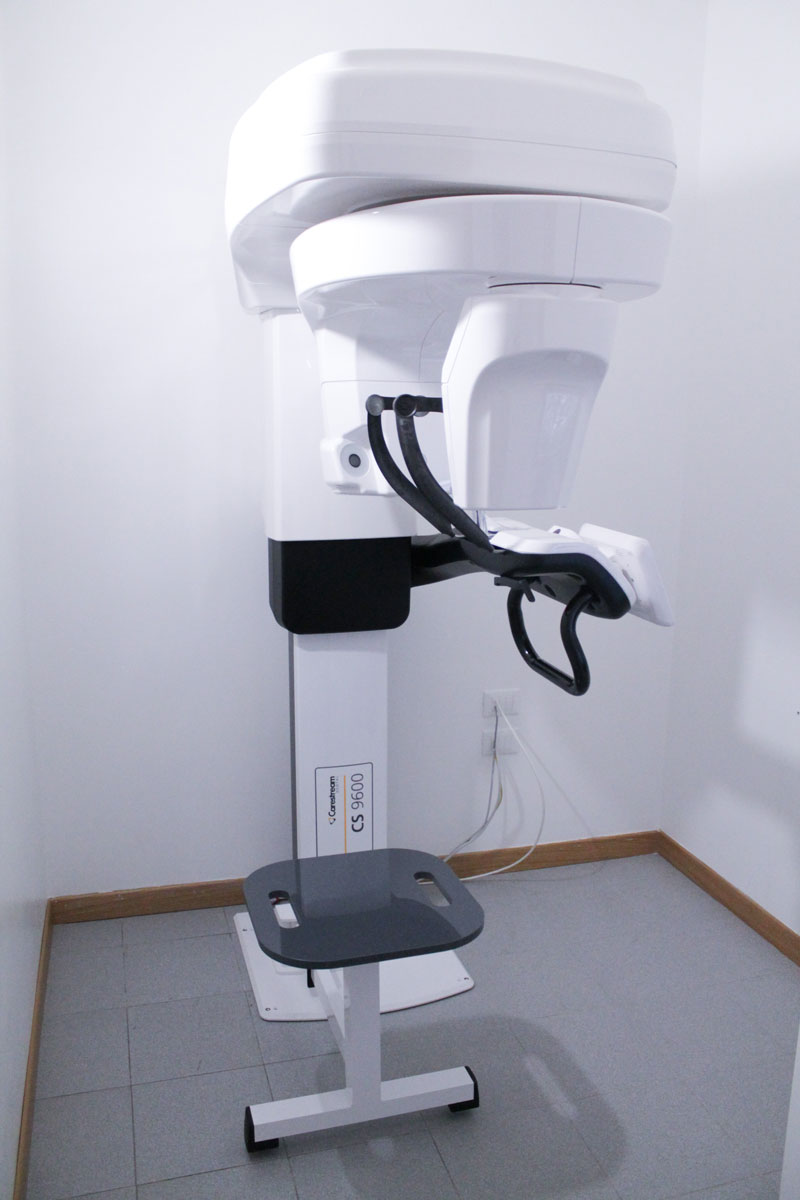
Operating Rooms
Our clinic has two fully equipped operating rooms for implant procedures, bone reconstruction, mucogingival surgeries, and maxillofacial surgery.
All implant procedures are planned using virtual design software that creates a 3D model of the patient. Most surgeries are performed with “computer-guided surgery,” where implant placement is executed using a surgical guide based on the virtual plan. This system allows for less invasive and more predictable procedures, reducing time and discomfort for the patient.
Surgeries are often scheduled with anesthetic support through conscious sedation, enabling the completion of even very complex cases while minimizing time and patient discomfort.
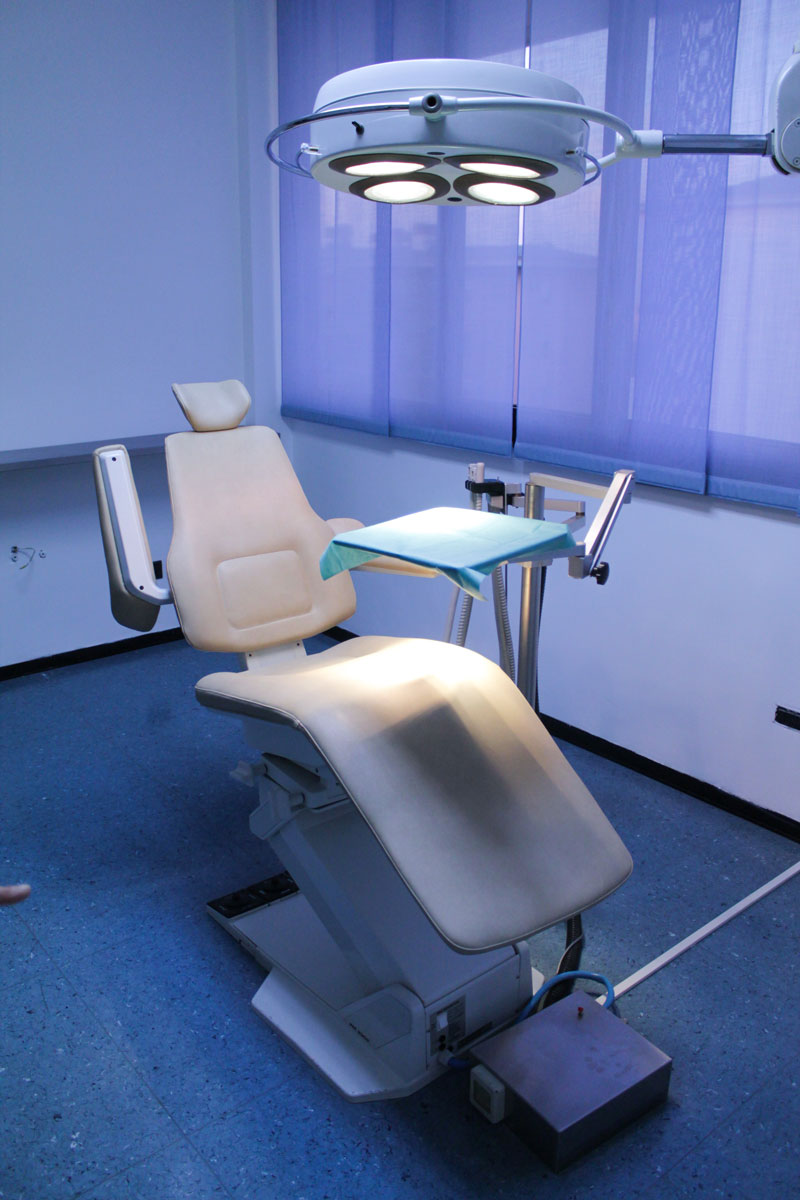
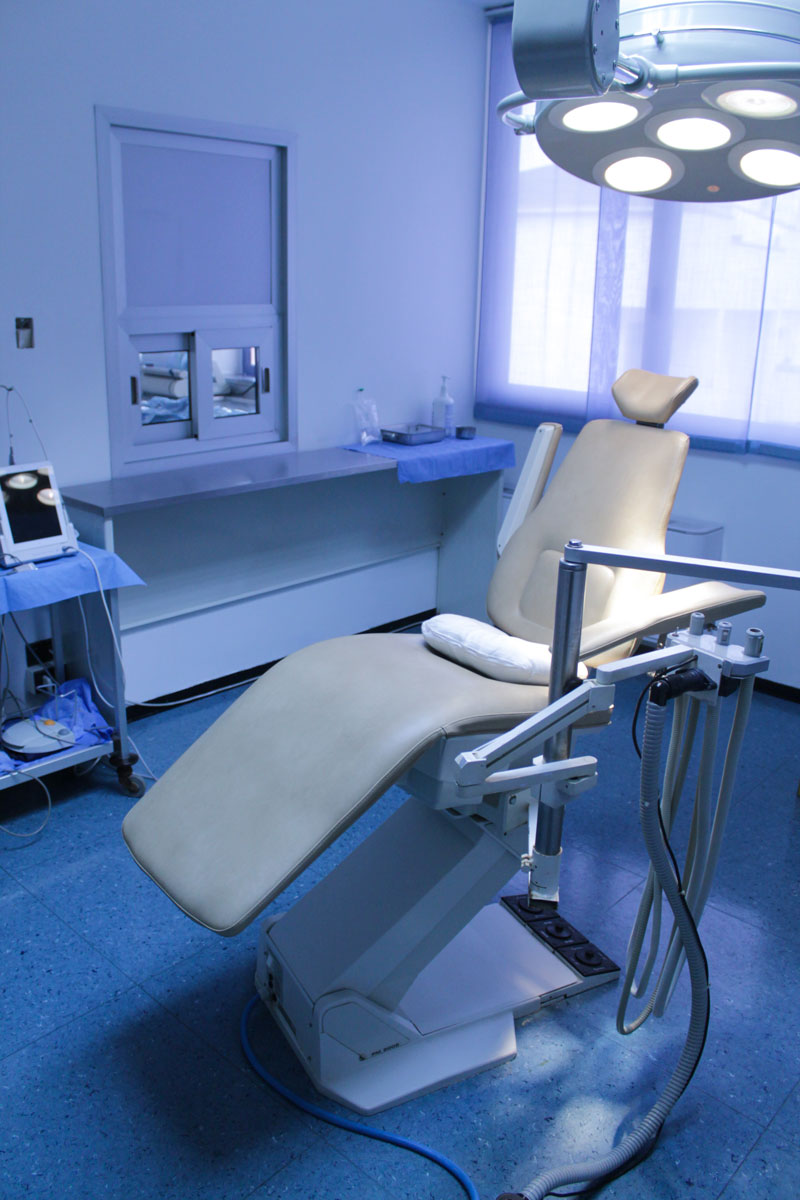
Intraoral Scanner
Intraoral scanners are powerful devices for capturing optical impressions. Conventional physical impression taking with trays and materials (alginates, silicones, polyethers) can be stressful and uncomfortable for patients, particularly those with a heightened gag reflex. Traditional impression taking can also be challenging for the clinician, especially with technically complex impressions (e.g., for fixed arches on implants). The intraoral scanner, using a light beam (structured light or laser), resolves these issues: it is well tolerated by patients as it does not require conventional materials and is technically simpler for the professional.
The introduction of intraoral scanners in dentistry has completely revolutionized diagnostic and therapeutic protocols, enabling:
- Immediate quality control of the impression
- Elimination of physical storage for plaster models
- Creation of a virtual warehouse
- Elimination of traditional impression materials
- Elimination of the gag reflex issue
- Immediate file transfer to the lab
- Reduced waiting times
- Fewer appointments for the patient
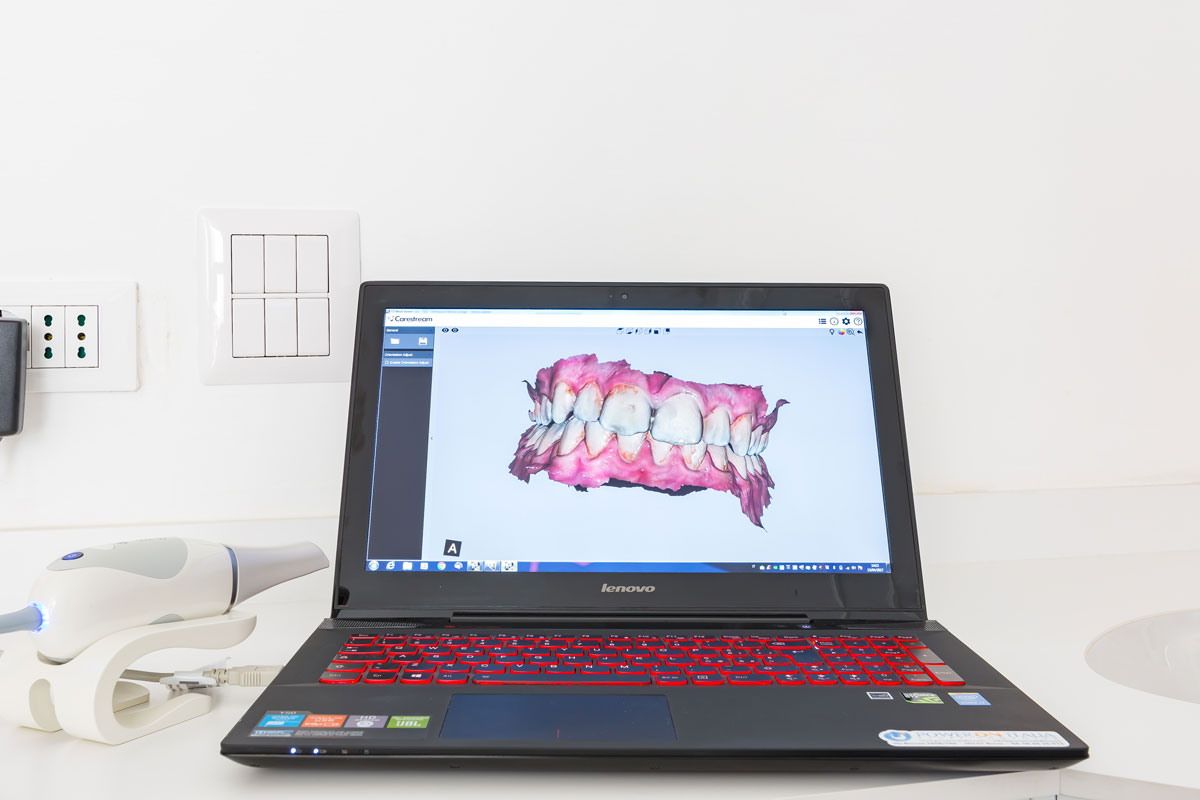
Photo Studio
The photography studio allows all team specialists to document various phases of diagnosis and treatment optimally. Through digital photography, we can capture initial information of our clinical cases and, using dedicated software, study rehabilitation possibilities, anticipating aesthetic results for our patients. The photography studio is an essential communication tool between the clinician and the patient, guiding them through image analysis towards a more informed treatment choice. Photographic analysis places the patient at the center of the therapeutic decision-making process.
